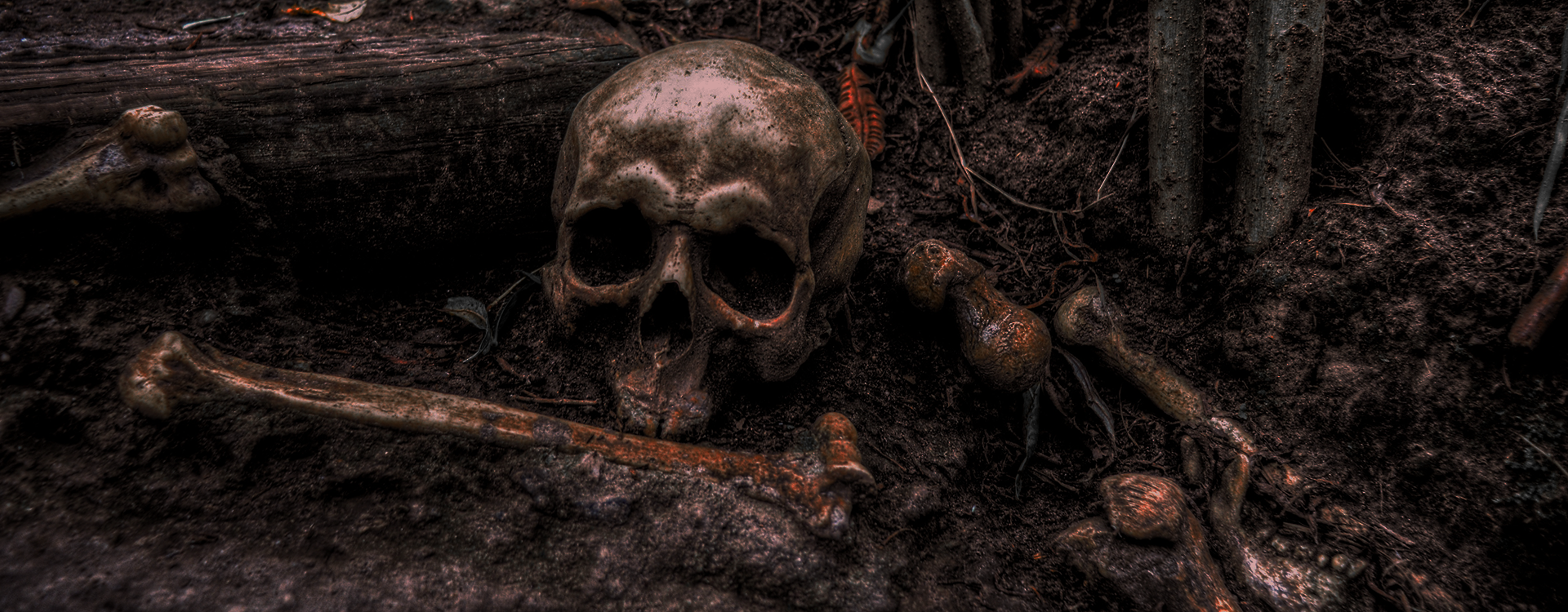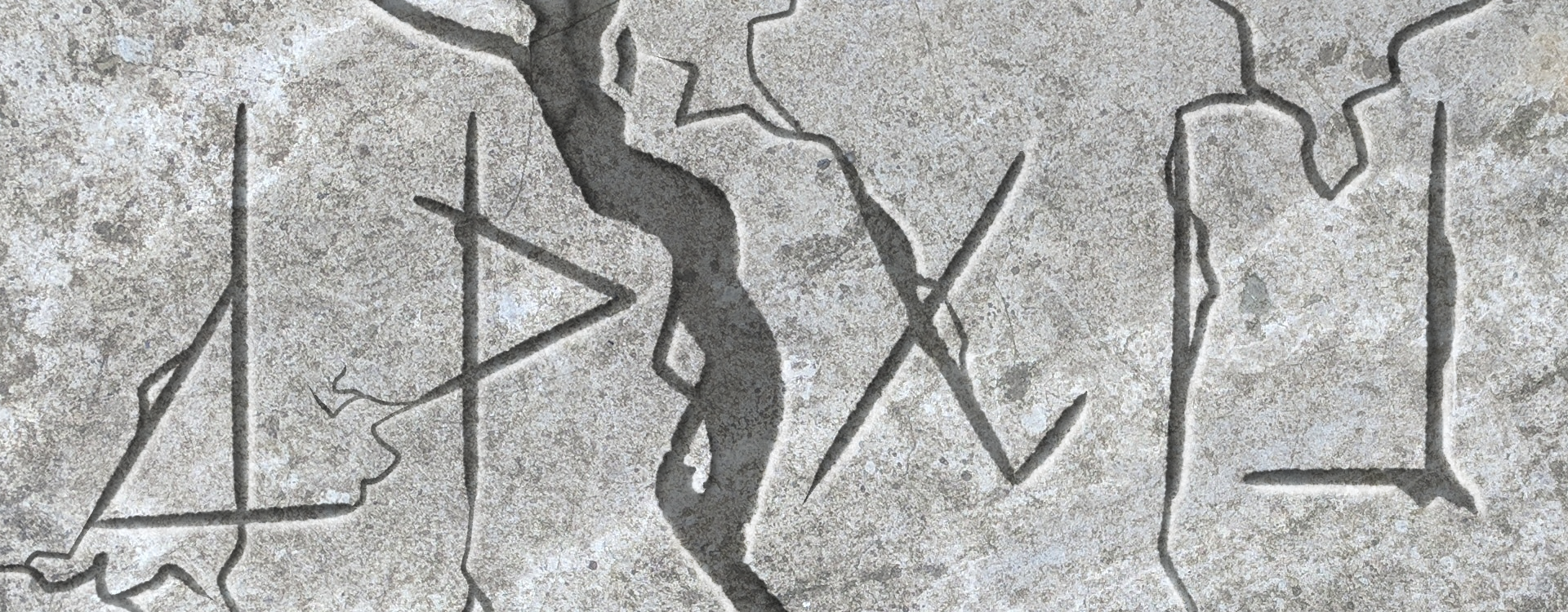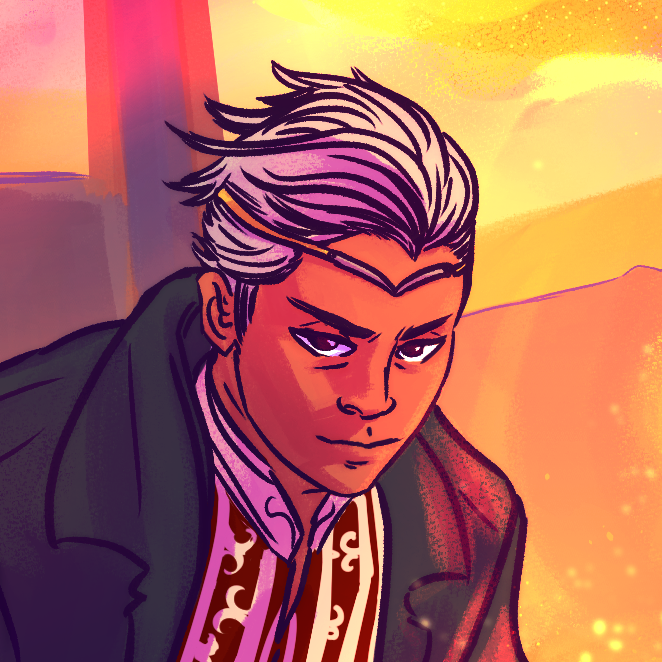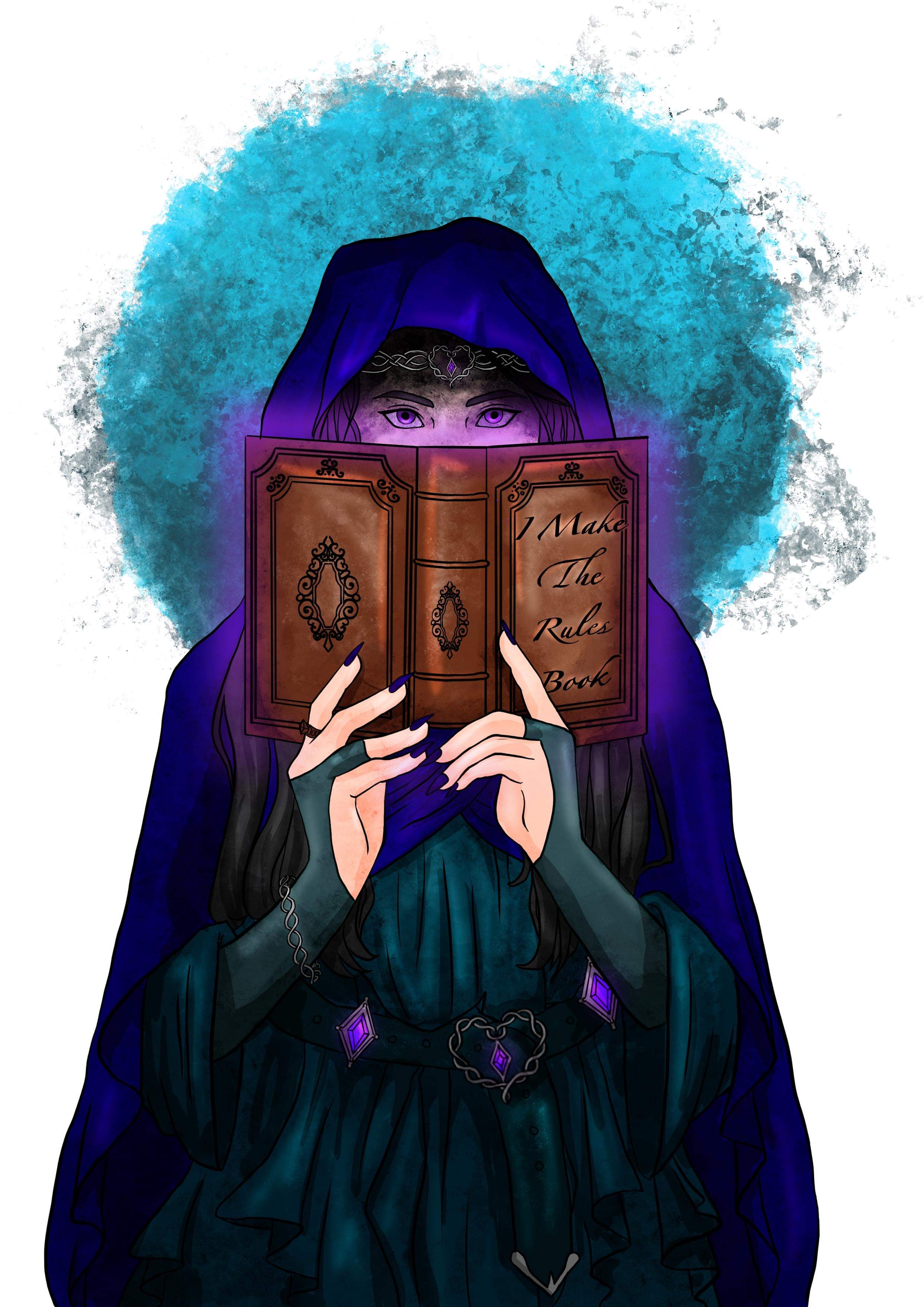The Sina People
I'm still surprised, in my old age, that the mystery of these peoples does not intrigue the humans of Abravost. A lost culture, a cousin or sibling, of whom we only know fragments. Did the Vosti, long ago, write the east off so thoroughly that this ignorance endures now?The Sina People were a human culture, living on the continent of Abravost east of the Krenar Mountains. Due to their isolation from the other cultures of Abravost, and their undeciphered language, many details of these people are utterly unknown.
Name
In the absence of their own words, the people of Eastern Abravost are commonly known by two names - The Sina People, and the Ningkee. While deriving from Vostan and Zangsayoi respectively, they each mean the same thing - The people of the East. Some have proposed naming them more descriptively, such as after common architectural elements and artistic motifs, but these alternatives have not stuck.Geography
Sina civilisation seems to have been centred along the old course of the Chalsei Sha river, running through modern day Jiangsetl Sheimhal, with the greatest concentration of Sina artefacts and buildings found upriver. The southern region east of the mountains has far more ruins and relics than the north, though whether this accurately reflects the spread of this culture or the impacts of the Collision on the area is not known.Major Sites
Niang Jomjite: The largest by far, Niang Jomjite is a sprawling complex of dozens of buildings, with four 'courtyards'. It is the best source of the Sina scriptKalajehal: The second largest and main coastal settlement, Kalajehal has the most mortar-built houses of the Sina sites
Naichomsha: A Sina site submerged at the intersection of the Chalsei Sha and one of its tributaries
Siishol: A small Sina site in immaculate condition, with much of its paintings still intact
Kámcholte: A collection of three still-standing buildings, noteworthy for having three separate multi-person burials
Houngchol: The northernmost site of the Sina culture, with no evidence of the Sina script found
Art and Architecture
The majority of surviving Sina structures are built from rough dry stone, typically with rectangular floor plans of one to two rooms. A variety of roofing styles have been observed, with stone domes being more common along the river and on the wet coast, and a mixture of thatching or mudded slats in the drier highlands. A rare handful of Sina buildings are more deliberately crafted with shaped bricks and mud for mortar, but were not made substantially larger than their dry stone counterparts, suggesting they may have simply been built later or had other reasons for their construction. A noteworthy element of all Sina structures are a well adorned keystone or large stone that creates the top of more square doors. These pieces are often carved with a variety of symbols, some in the Sina script and others seemingly more abstract, and were occasionally painted with plant-based dyes. Large clusters of these huts would be built together, occasionally with corridors to connect them or possibly with shade cloths and thatching to shade the open spaces between doorways. Clusters would be built around a central courtyard-esque space, often with a tree or hollow tree trunk located at its centre. When built around a living tree, the tree would have decorative ornaments hung from it, with materials ranging from precious stones to sticks tied with twine. Where hollow trunks were used instead, these poles were carved with long passages in the Sina script, seemingly starting from the base of the tree and writing upwards. In the Shiang Jomjite site there are nine such trunks, seven of which are completely full with writing. Unusually, among all the carvings and paintings found from the Sina, none seem to depict people or animals, suggesting they represented the living world through many layers of abstraction. This stylistic bent is not found anywhere else in Abravost.Language
The Sina language is undeciphered and entirely unknown, due to the lack of any native speakers or any bilingual texts. As such, any discussion or translation of it is pure conjecture. There are at least 64 known symbols used in the language's script, based on the carvings found in the major sites along the Chalsei Sha. No examples of the script have been found in settlements further north or south, other than those along the coast, suggesting the writing system originated from along the river and later spread along the water-based trade routes, leaving more isolated inland settlements without it. However, it is possible that some of the abstract symbols noted in Sina art, such as the prominence of right angle triangles and squares, may constitute some kind of alternate script, or possibly denote a separate liturgical language.Burial Practices
A number of burial sites have been found, typically located only a short ways from buildings, near the outer walls of a cluster. Each site is buried deep, with large slate slabs placed on the earth above them. These are overwhelmingly for single individuals, their bodies posed with their hands pressed together over their torsos. There seems to have been no distinction in burial between genders or ages, nor any difference between status, with all bodies adorned in very similar ways. Each individual is buried with a copper necklace and circlet, decorated with gemstones. Rings are very common, with the amount and details being the primary distinction between different burials. Infants and children have been only rarely found with rings, at most bearing one on their left index finger. Bodies that are missing limbs, whether from war or birth, have been found with a collection of smooth stones laid in an equivalent location, as though filling in that space in the afterlife. When replacing arms, gemstones seem to have been used in place of the hand, and where the other is still intact this gemstone will be clasped in it. Some burials are communal and appear to be of family groups, particularly parents and their children. The fact that this can be discerned suggests this happens when many members of a family die in very quick succession, such as from illness or disaster. Closely located single burials may still denote familial connection, but this can't be confirmed with certainty.
Languages spoken
Related Locations

Ship Shipwreck by Comfreak
Isolation
The reason for so little knowledge existing of the Sina is due to their isolation from the rest of the continent. Up until the Collision, the Krenar Mountains were considered functionally impassable, with only a rare few valleys accessible from the western side. Their impassibility led many to attempt to, instead, sail around the north or southern regions and access the east by sea. None who set out in this manner returned. Most were likely dashed upon the fierce reefs that dominated these coastal regions prior to the Collision, or were swept out into the inhospitable ocean by storms. If any sailors made it to Sina lands, no record of their arrival remains.
Skull and Bones by Skitterphoto
Absence
While a moderate amount of structures, ruins, and burials exist for the Sina, there are no living people of this group in East Abravost. As Vosti and Zaimyalkee sailors finally made it to the east 23 years after the Collision, this leaves a few possibilities for this absence. The first is that, in the reverse of the Zaimyalkee themselves, the Sina people were shifted to the elf world of Tiyu Noha during the Collision, along with their larger settlements and significant portions of the region. If this did occur, however, the Sina were not transported to the equivalent location in Tiyu Noha, as portal-facilitated travel to this world in 200s AC found no evidence of a significant human population who did not speak Vostan. The alternate suggestion is that, while the Collision destroyed and removed a great deal of the archaeological evidence for the Sina people, the culture had been on a significant decline or outright gone long before. A number of seemingly half-finished burials in sites like Shiang Jomjite point to a population decline in these areas that left individuals to prepare their own burials, as though no-one would be around to bury them properly. It is possible that a great sickness swept the area in the preceding centuries, possibly even brought by Vosti sailors who survived the ocean voyage, leaving few survivors and no chance for recovery.
Graveyard by Scott Rodgerson






I love all the details about this culture, especially the burial practices and the buildings built around living trees. It's a shame that people don't know more about them.